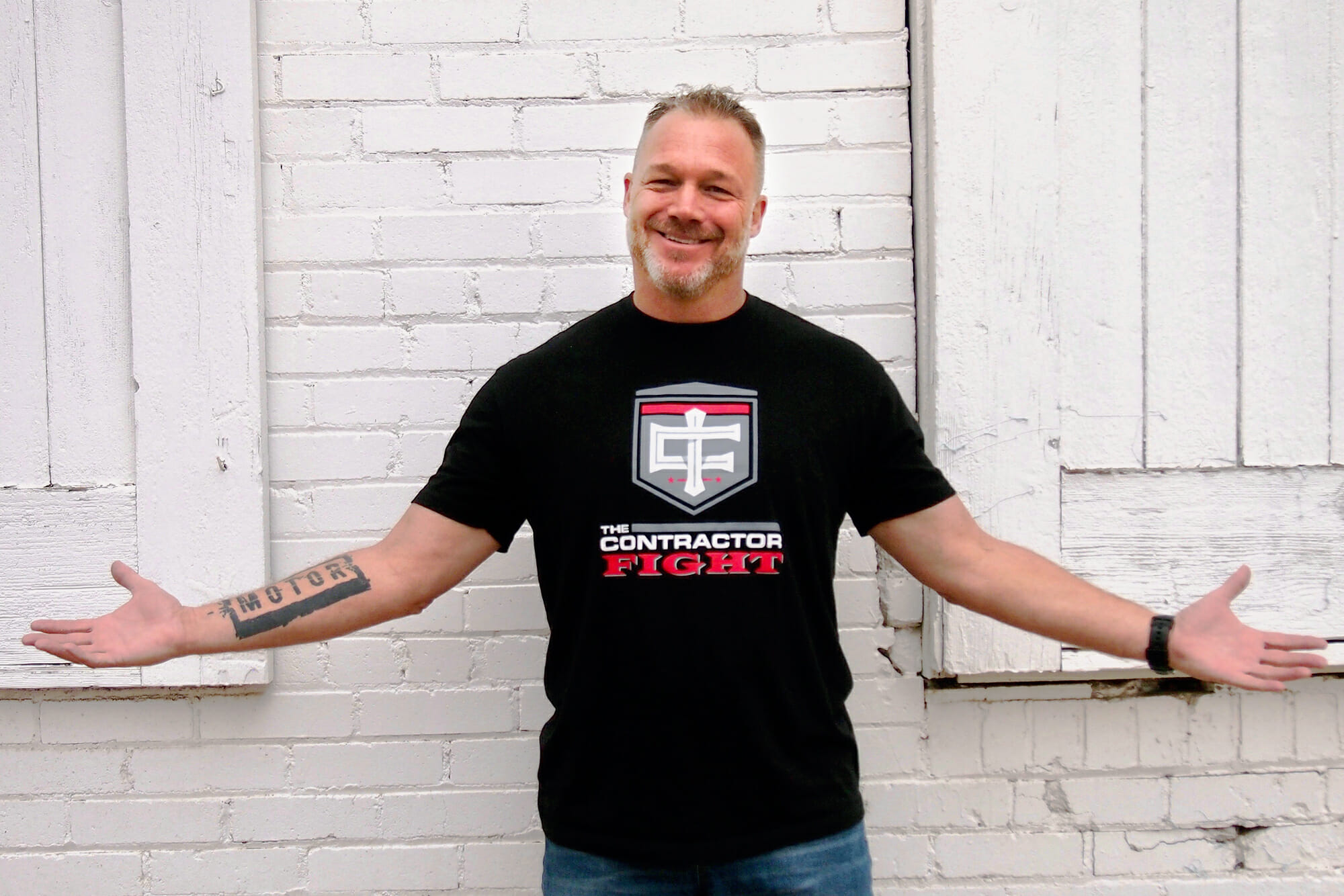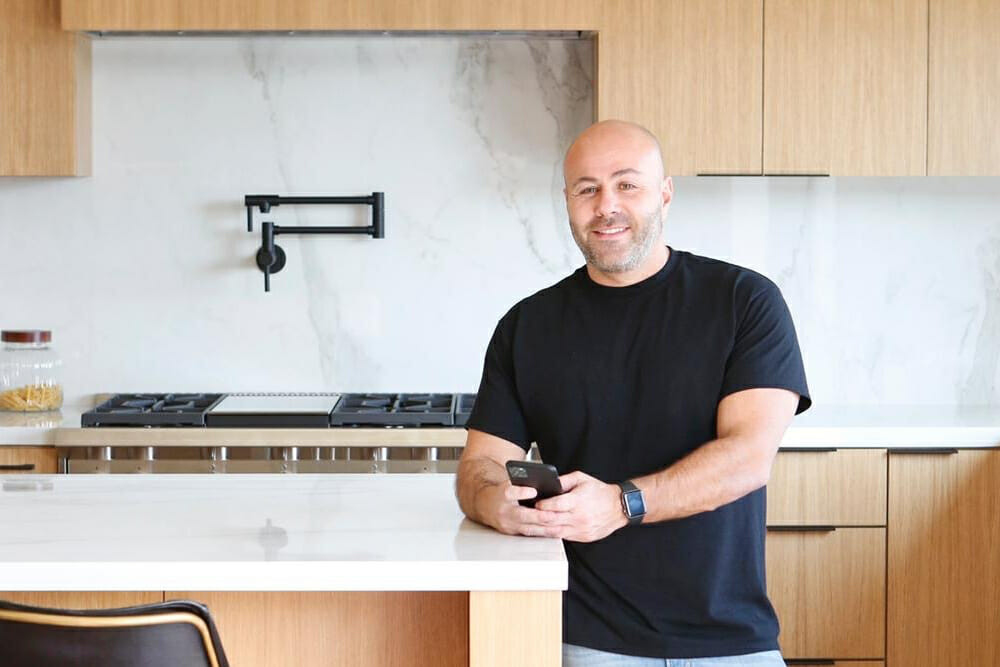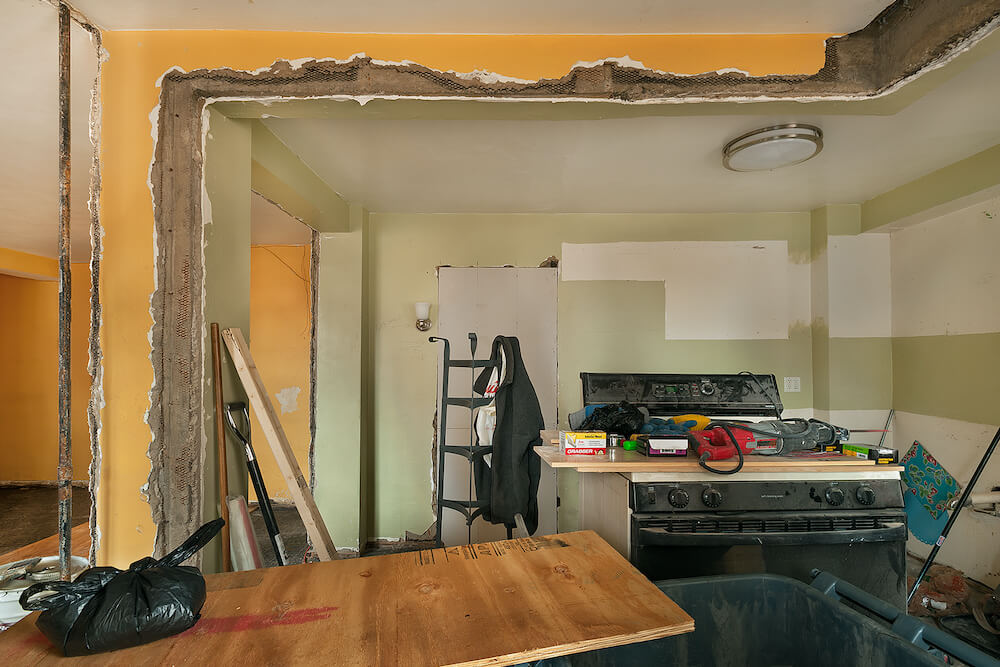Sweeten x Tom Reber: Advice To Sharpen Your Contractor Skills, Part 2
Tom Reber, founder of The Contractor Fight, reveals why stats and client trust are important

When owning your own contracting business, day-to-day questions or larger issues will come up where answers are uncertain or the path forward isn’t clear. A contracting community as a sounding board can be helpful in your goal to keep your business moving and growing.
In this second of two blog posts, Sweeten gets advice from Tom Reber, founder of The Contractor Fight, on what stats to focus on, what he tells his coaching groups to initiate change, and how to sell for a higher profit. You can also hear more on his podcasts. Click here to read Part 1.
Sweeten matches general contractors with high-quality home renovation projects, vetted for readiness and appropriate budget. Contractors pay only when they win a project. Budgets start at $15,000 and average over $67,000.
What are the most important stats for contractors when they’re looking to grow their business?
First off, don’t be intimidated by the numbers—it is just scorekeeping. Think of it like fantasy football stats – you need to run the plays that get the most yardage. Using data will help you make better decisions. Like fantasy football or baseball, work on your “stats” weekly and be objective. How many times did the phone ring? Where did your leads come from? What was the size of the job? How much did you spend to get that lead? What is the close rate of all the leads from that source, how many closed?
The numbers tell you where to focus. Don’t shy away from them. Sweeten brings homeowners an exceptional renovation experience by personally matching trusted general contractors to your project, while offering expert guidance and support—at no cost to you. Renovate expertly with Sweeten
Note: Tom discusses more about stats on his podcast. You can also monitor how your business is doing when you are part of the Sweeten network.
What are the top three things you encourage GCs to start doing when they join your program?
1. Engage with a like-minded community
It may sound remedial but, first and foremost, I encourage general contractors to join our online community. The first step is to get engaged—don’t be a wallflower. It is like joining a gym, and then not going—that won’t get you any closer to your goals. Get in, ask questions, engage, be present. This is a like-minded community, so share your story and listen to the stories of others. If you follow the system, it will work for you.
2. Define the first problem
Get clarity around the very first issue you want to fix. You need to define that first problem. Focus on one issue and go all-in on that. Use the frameworks provided to double down and knock down that first domino. You have to dedicate time and energy to the problem, which means you won’t be able to fix everything at once.
3. Focus on your first problem every day
Once you have defined that first domino, build consistent habits around tackling that problem, so it always stays top of mind. Then create a checklist of three things and do it every day.
What are the most important things to do when looking to start selling jobs with a higher profit?
Take a hard look at your numbers
First off, you need to give yourself a reality check (via the job-costing exercise). At least 75% of general contractors do not know or understand their own numbers. In my program, when we take them through their numbers, it is an eye-opening experience. It’s possible to sell jobs with a 50% profit. It doesn’t sound possible but it can be done.
Sharpen your communication skills
Get your sales process in order. How you communicate with a prospective client makes a huge difference. Most contractors think it is about the scope of work or price, but it is absolutely about human connection and understanding the homeowner’s motives. Practice by role-playing with the online community. Oh, and listen when people talk; don’t just think about what you plan to say next!
How to build trust with clients
Lastly, “mind the gap”—this is the time between the sale and the work being done.
- Don’t go silent: Continue to add value during this time by educating them so they feel great about their decision to hire you. This builds trust and makes it a great experience.
- Do what you say you will when you promise to do it: Being trustworthy and having integrity is critical to this business and being able to charge higher prices.
- Don’t blame customers for being cheap: Ask yourself first “have I done everything I can to make sure this customer feels heard?”
Thanks to Tom Reber for sharing his invaluable advice with us!
Check out the rest of Sweeten’s Contractor content series:
How to Include Profit & Overhead Costs in Renovation Project Estimates









